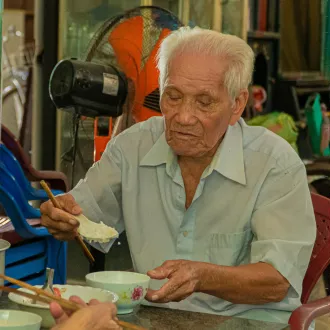Transcription Iron-rich foods
Iron is a crucial component in the formation of hemoglobin, which allows our cells to receive the oxygen they need to function properly. In addition, iron also plays a role in energy production and immune system function. Therefore, maintaining adequate levels of iron in the diet is essential for health and well-being.
In this session, we will explore in detail iron-rich foods, why they are important and how to incorporate them into a balanced diet to promote energy and health.
Types of Iron
There are two types of iron in foods: heme iron and non-heme iron. Heme iron is found in animal foods and is more easily absorbed by the body.
Non-heme iron is found in foods of plant origin and is absorbed to a lesser extent. Both types of iron are important and should be included in a balanced diet.
Foods Rich in Heme Iron
Foods rich in heme iron include:
- Red Meat: Beef, lamb and pork are excellent sources of heme iron.
- Poultry: Chicken and turkey also contain heme iron.
- Fish: Fish, such as salmon, tuna and sardines, are rich in heme iron.
- Liver: Beef and chicken liver are especially rich in iron.
Foods Rich in Non-Heme Iron
Foods rich in non-heme iron include:
- Legumes: Lentils, chickpeas and beans are good sources of non-heme iron.
- Leafy Green Vegetables: Spinach, chard and kale contain non-heme iron.
- Nuts and Seeds: Almonds, pistachios and pumpkin seeds are iron-rich choices.
- Fortified Cereals: Many breakfast cereals are fortified with non-heme iron.
Improving the Absorption of Non-Heme Iron
Since non-heme iron is absorbed to a lesser extent than heme iron, it is important to take steps to improve its absorption. Consuming foods rich in vitamin C, such as citrus fruits, tomatoes and peppers, along with foods rich in non-heme iron, can increase iron absorption in the body.
Some foods and beverages can inhibit iron absorption. Tea and coffee, for example, contain compounds that can reduce the absorption of non-h
food iron




